The mesmerizing play-of-color in black opal has long captivated gem enthusiasts and scientists alike. Unlike any other gemstone, black opal possesses a unique ability to display a kaleidoscope of spectral hues against a dark body tone. This extraordinary phenomenon results from a complex interplay between the stone's internal structure and light diffraction, creating an optical spectacle that has been prized for centuries.
Black opal's dark body color serves as the perfect canvas for its vibrant color display. The depth and intensity of the base tone dramatically affect how the spectral colors appear to the naked eye. Generally, the darker the body color, the more vivid and pronounced the play-of-color becomes. This occurs because the dark background provides greater contrast, allowing the spectral flashes to appear more brilliant and saturated.
The science behind this visual magic lies in opal's microstructure. Black opals contain millions of silica spheres arranged in a precise three-dimensional grid. When light enters this structure, it diffracts into spectral colors, similar to how rainbows form. The size and arrangement of these spheres determine which colors appear in the play-of-color. Larger spheres produce red flashes, while smaller ones create blues and violets. The dark body color doesn't influence the colors themselves but enhances their visibility through contrast.
Australian black opals from Lightning Ridge remain the most sought-after specimens due to their exceptional color play against near-black body tones. The iron oxide and carbon present in these stones create the distinctive dark background that makes their spectral displays so dramatic. Miners often judge rough black opal by holding it in sunlight to observe how the colors interact with the base tone before cutting.
Environmental factors during formation significantly impact the relationship between body color and play-of-color. The presence of trace elements, the rate of silica deposition, and geological pressure all contribute to the final appearance. Black opals forming in iron-rich environments tend to develop darker body colors, while those with pure silica composition may appear more milky or translucent. The most prized specimens achieve a perfect balance - dark enough to intensify the colors but not so opaque as to diminish their brightness.
Cutting black opal requires exceptional skill to maximize both body color and play-of-color. Lapidaries must carefully study the rough stone's internal structure to determine the optimal orientation. A perfectly cut black opal will display color from multiple angles while maintaining its rich base tone. The cabochon cut remains most popular as it protects the delicate stone while allowing maximum light interaction with the silica spheres.
The market value of black opal depends heavily on this color-body tone relationship. Stones exhibiting bright spectral patterns against jet-black backgrounds command premium prices. Collectors particularly prize "harlequin" patterns where angular color segments create a mosaic effect on the dark surface. Recent auctions have seen exceptional black opals surpass $10,000 per carat based on the strength of this visual dynamic.
Modern gemological research continues to unravel the mysteries of black opal's optical properties. Advanced imaging techniques reveal how light penetrates different body tones at varying depths. These studies confirm that the darkest opals don't necessarily produce the most colors, but rather the most visually striking ones. The ideal combination appears to be a medium-dark body tone that allows both light penetration and sufficient contrast for color visibility.
Black opal's enduring appeal lies in this magical interplay between darkness and light. Each stone becomes a miniature universe where spectral colors dance against cosmic blackness. As mining techniques improve and scientific understanding grows, we continue to discover new dimensions in the relationship between body color and play-of-color that make black opal nature's most captivating optical masterpiece.
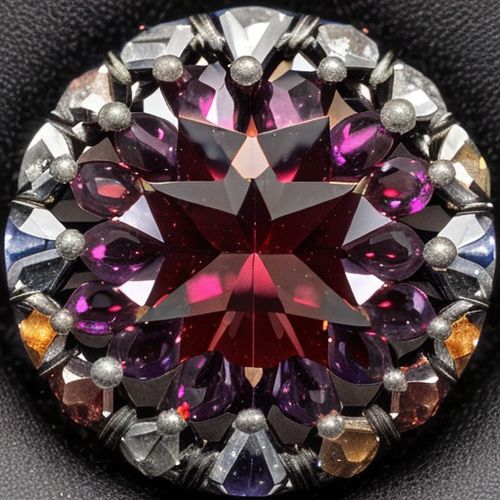
By Grace Cox/Apr 27, 2025
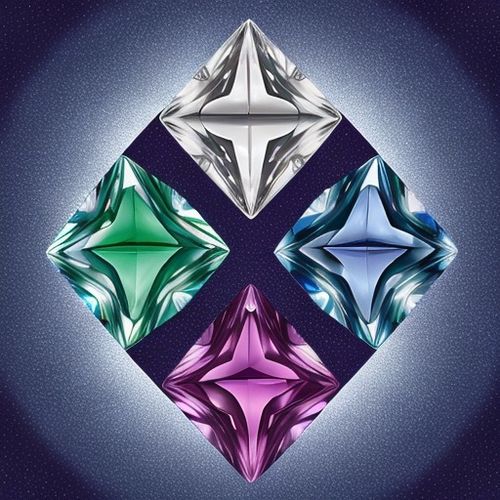
By Christopher Harris/Apr 27, 2025
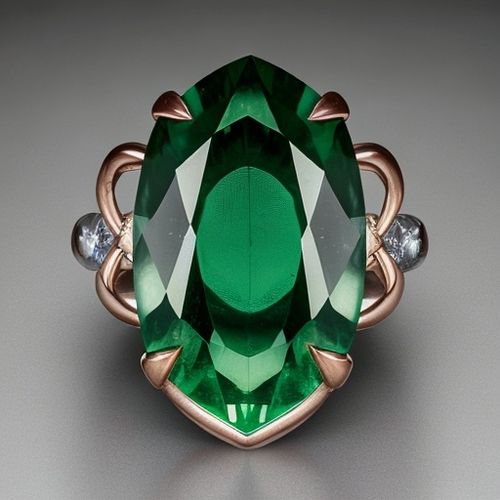
By Thomas Roberts/Apr 27, 2025
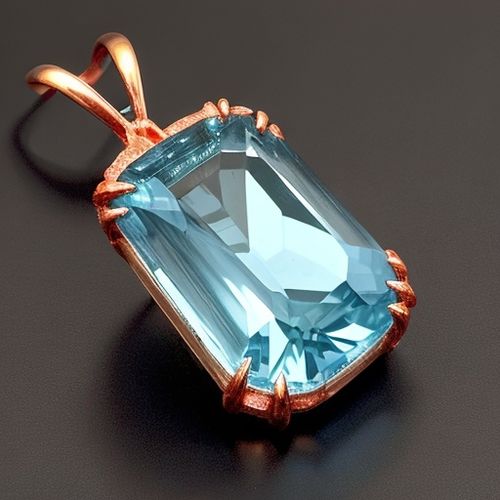
By Joshua Howard/Apr 27, 2025
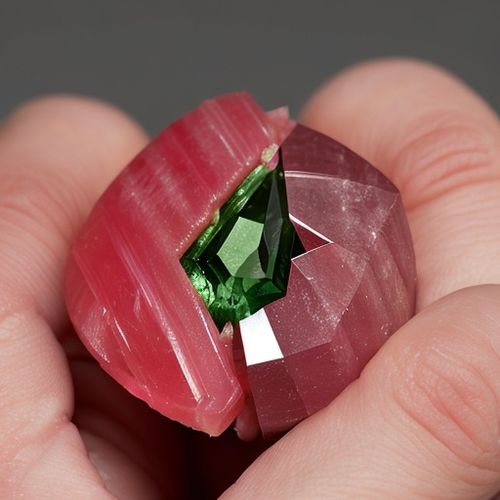
By George Bailey/Apr 27, 2025
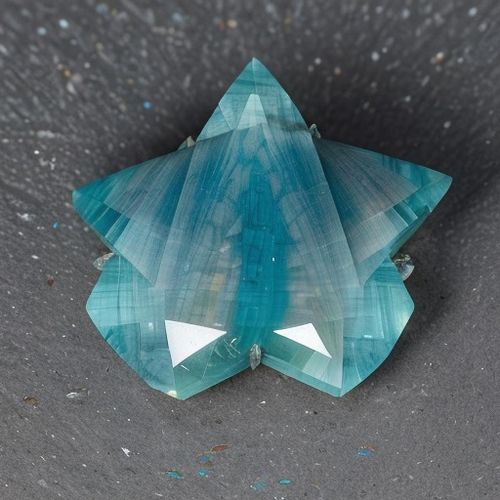
By Amanda Phillips/Apr 27, 2025
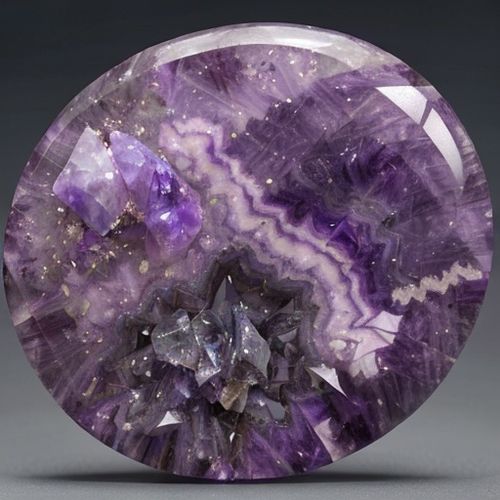
By Emily Johnson/Apr 27, 2025
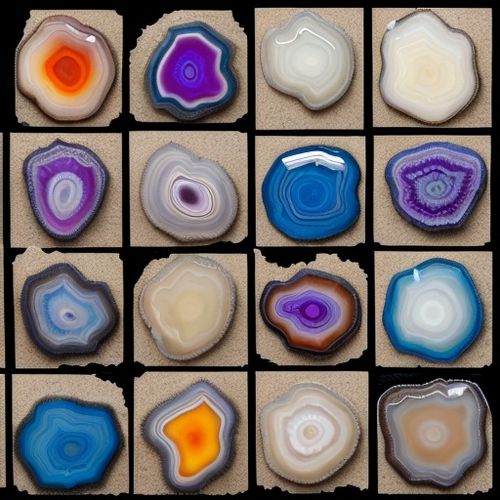
By Samuel Cooper/Apr 27, 2025

By Emma Thompson/Apr 27, 2025

By George Bailey/Apr 27, 2025
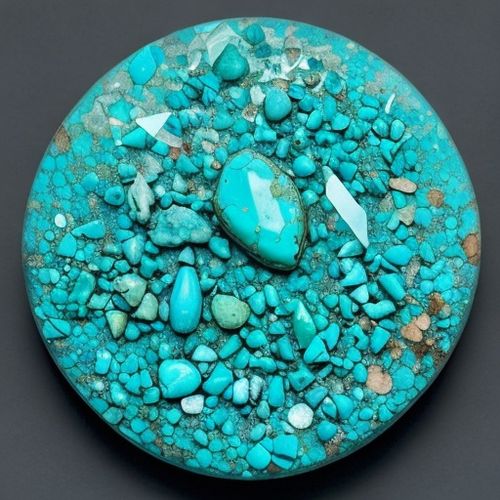
By Eric Ward/Apr 27, 2025
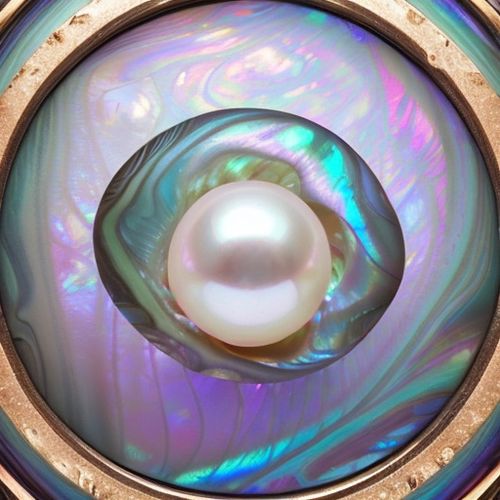
By Noah Bell/Apr 27, 2025

By Samuel Cooper/Apr 27, 2025
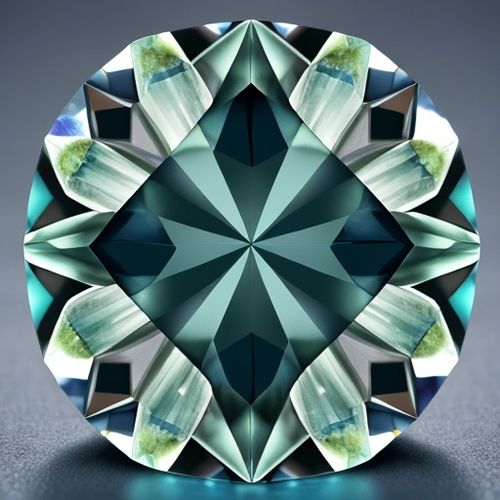
By Eric Ward/Apr 27, 2025
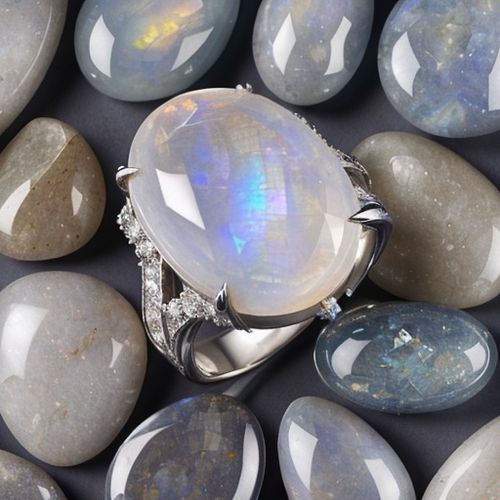
By George Bailey/Apr 27, 2025
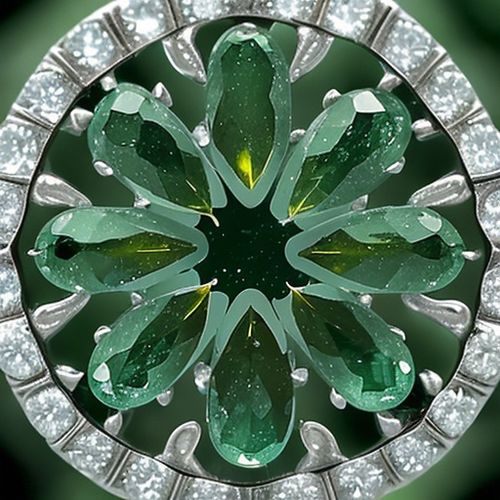
By Eric Ward/Apr 27, 2025
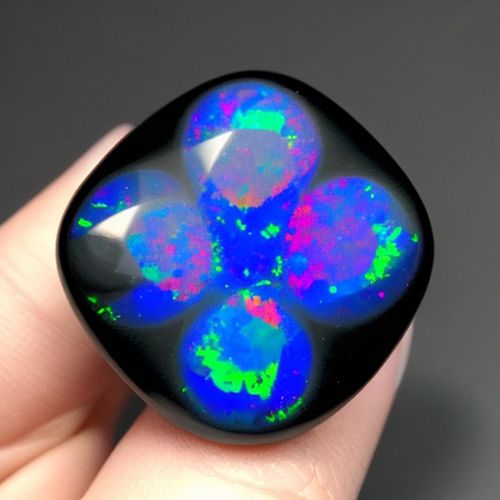
By David Anderson/Apr 27, 2025
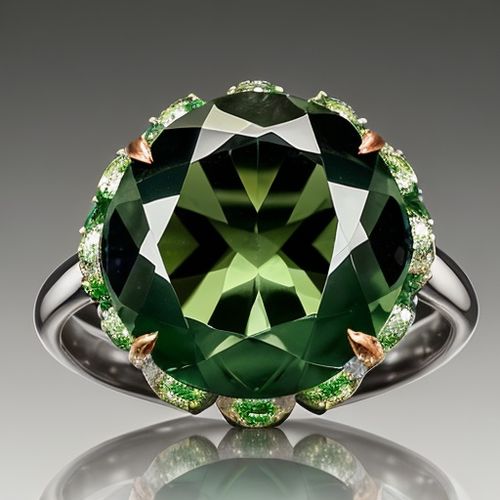
By Lily Simpson/Apr 27, 2025
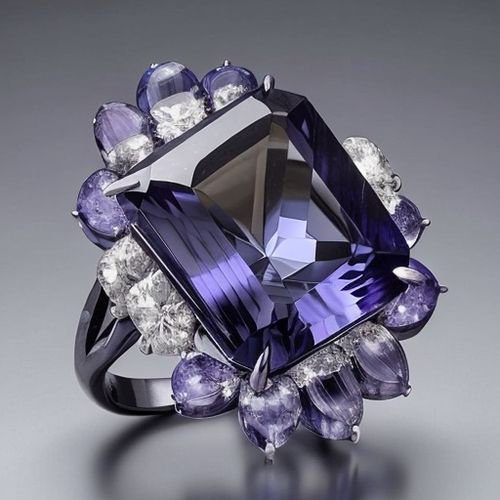
By Natalie Campbell/Apr 27, 2025

By William Miller/Apr 27, 2025